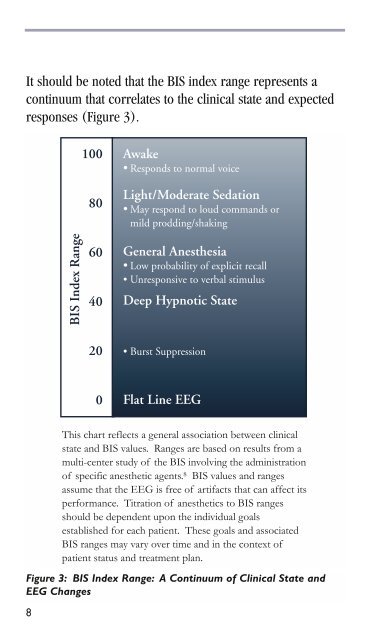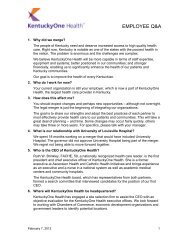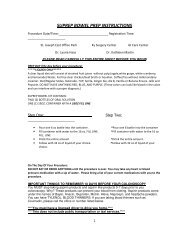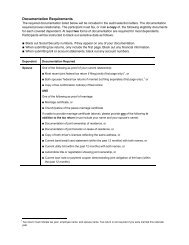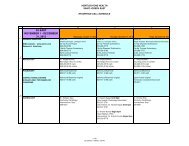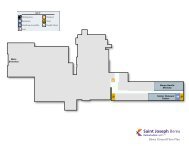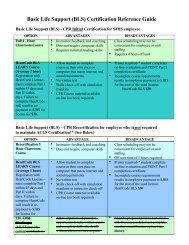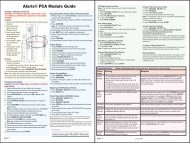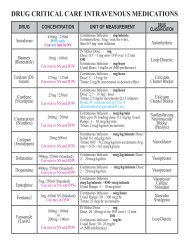BIS guide for clinicians
BIS guide for clinicians
BIS guide for clinicians
You also want an ePaper? Increase the reach of your titles
YUMPU automatically turns print PDFs into web optimized ePapers that Google loves.
It should be noted that the <strong>BIS</strong> index range represents a<br />
continuum that correlates to the clinical state and expected<br />
responses (Figure 3).<br />
100<br />
80<br />
Awake<br />
• Responds to normal voice<br />
Light/Moderate Sedation<br />
• May respond to loud commands or<br />
mild prodding/shaking<br />
<strong>BIS</strong> Index Range<br />
60<br />
40<br />
20<br />
General Anesthesia<br />
• Low probability of explicit recall<br />
• Unresponsive to verbal stimulus<br />
Deep Hypnotic State<br />
• Burst Suppression<br />
0<br />
Flat Line EEG<br />
8<br />
This chart reflects a general association between clinical<br />
state and <strong>BIS</strong> values. Ranges are based on results from a<br />
multi-center study of the <strong>BIS</strong> involving the administration<br />
of specific anesthetic agents. 8 <strong>BIS</strong> values and ranges<br />
assume that the EEG is free of artifacts that can affect its<br />
per<strong>for</strong>mance. Titration of anesthetics to <strong>BIS</strong> ranges<br />
should be dependent upon the individual goals<br />
established <strong>for</strong> each patient. These goals and associated<br />
<strong>BIS</strong> ranges may vary over time and in the context of<br />
patient status and treatment plan.<br />
Figure 3: <strong>BIS</strong> Index Range: A Continuum of Clinical State and<br />
EEG Changes


